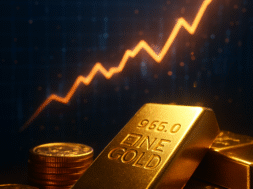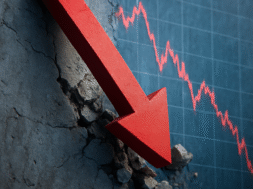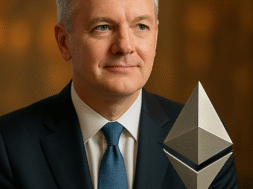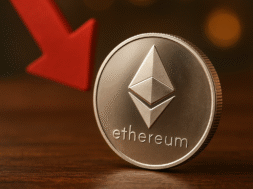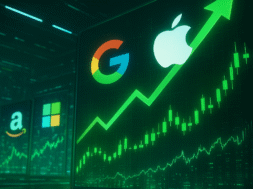
Bank of America Predicts Gold Could Soar to $5,000 an Ounce by 2026 Amid Global Uncertainty
Bank of America Global Research has sharply revised its gold outlook, forecasting the precious metal could climb to $5,000 per ounce by 2026, with an average of around $4,400 per ounce. The new projection marks one of the bank’s most bullish calls yet, driven by mounting demand for gold as a safe-haven and portfolio stabilizer.
The upgraded forecast comes just days after gold prices hit a record high of $4,079.62 on October 8, 2025, surpassing the $4,000 threshold for the first time in history. Analysts say this milestone has reshaped long-term expectations for the metal.
Key Drivers Behind Bank of America’s Bullish Gold Call
-
Investment Demand Surge: A projected 14% rise in investment flows, mirroring 2025 trends, could lift gold toward the $5,000 target.
-
Safe-Haven Buying: Rising trade frictions and geopolitical risks are boosting gold’s defensive appeal.
-
Interest Rate Cuts: Expected global monetary easing makes non-yielding assets like gold more attractive.
-
Central Bank Purchases: Continued diversification away from the U.S. dollar is fueling official sector demand.
Institutional investors have ramped up allocations to gold as a hedge against inflation, currency volatility, and geopolitical shocks, while retail buyers have joined the rally, strengthening demand from multiple fronts.
How Today’s Rally Stacks Up Against History
The surge above $4,000 marks one of the fastest price climbs in gold’s modern history, with gains of over $1,000 per ounce in less than a year. Unlike past cycles, this rally is supported by simultaneous demand from retail, institutional, and central bank buyers, creating a stronger foundation for long-term price appreciation.
Impact on Mining Industry
If gold reaches $5,000 per ounce, mining companies could see:
-
Soaring Profit Margins – even higher-cost projects would become lucrative.
-
Reserve Reclassifications – lower-grade deposits could shift into economically viable reserves.
-
Increased Exploration & M&A – new capital inflows may fuel consolidation and fresh discoveries.
For investors, this could mean significant upside in gold mining equities, royalty companies, and exploration juniors.
How BofA’s Forecast Compares
-
Bank of America: $5,000 peak / $4,400 average (investment demand surge).
-
Goldman Sachs: $4,900 (central bank demand, ETF inflows).
-
JP Morgan: $4,000+ (institutional buying, diversification).
-
UBS: $3,500–$4,000 (monetary easing, inflation hedge).
-
Citibank: $3,800–$4,200 (geopolitical risks, dollar weakness).
Even conservative institutions have raised outlooks, underscoring structural changes in global gold demand.
Risks That Could Slow the Rally
-
More hawkish central bank policies.
-
A stronger U.S. dollar.
-
Slower-than-expected investment demand.
-
Profit-taking after rapid gains.
-
Geopolitical de-escalation reducing safe-haven appeal.
Central Banks & the $5,000 Question
At elevated prices, central banks may adjust buying strategies, focusing on opportunistic dips rather than consistent accumulation. Still, major economies like China, Russia, and India are expected to remain strong buyers as they diversify away from dollar assets.
Investor Strategies for a $5,000 Gold Environment
-
Physical Gold for portfolio stability.
-
Mining Equities for operational leverage.
-
Royalty/Streaming Companies for exposure with lower operational risk.
-
Exploration Juniors for high-reward speculation.
-
Staggered Entries to manage volatility.
Broader Market Implications
A move to $5,000 gold wouldn’t just impact commodities—it would likely reflect deep structural changes in global finance, signaling heightened uncertainty in fiat currencies, monetary policy, and geopolitical stability.
